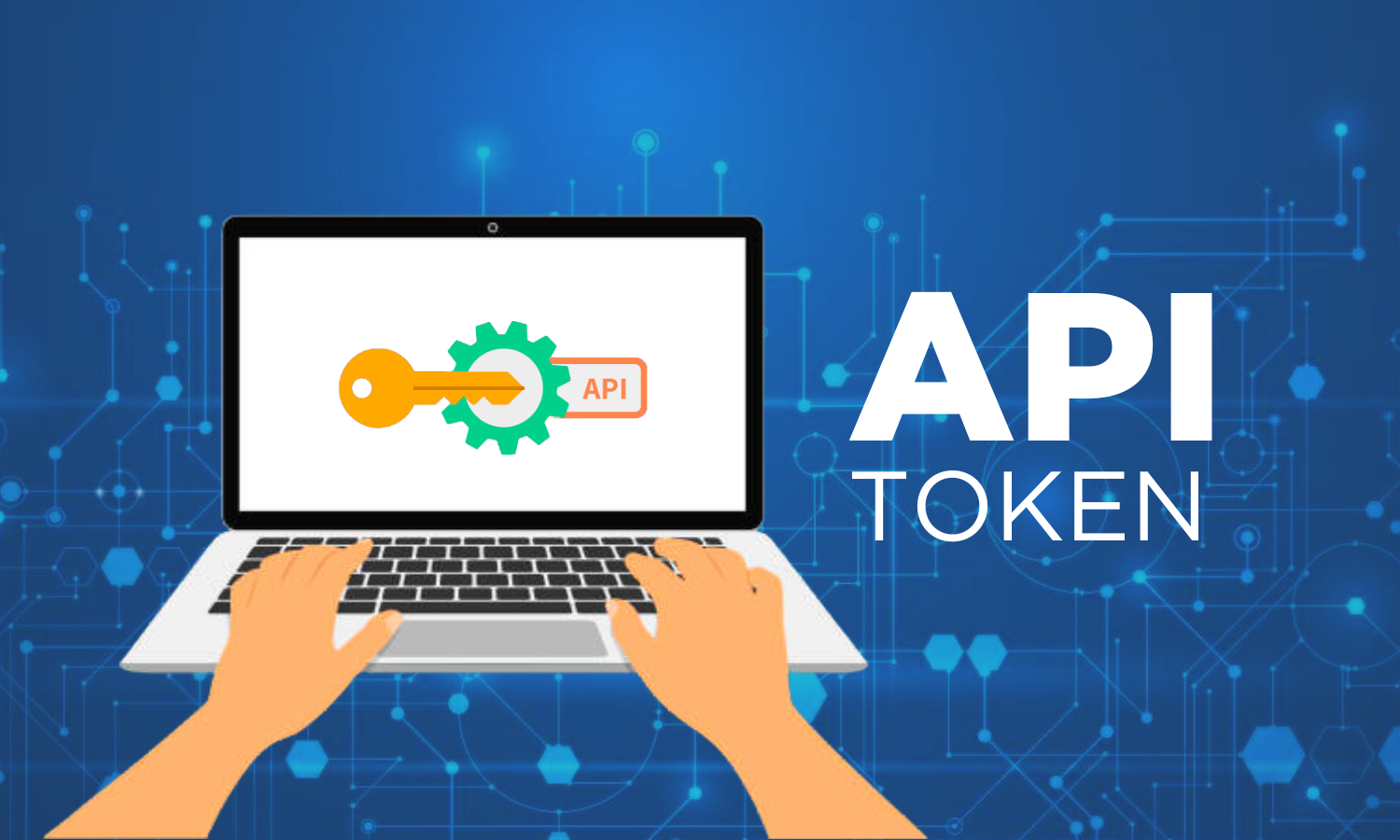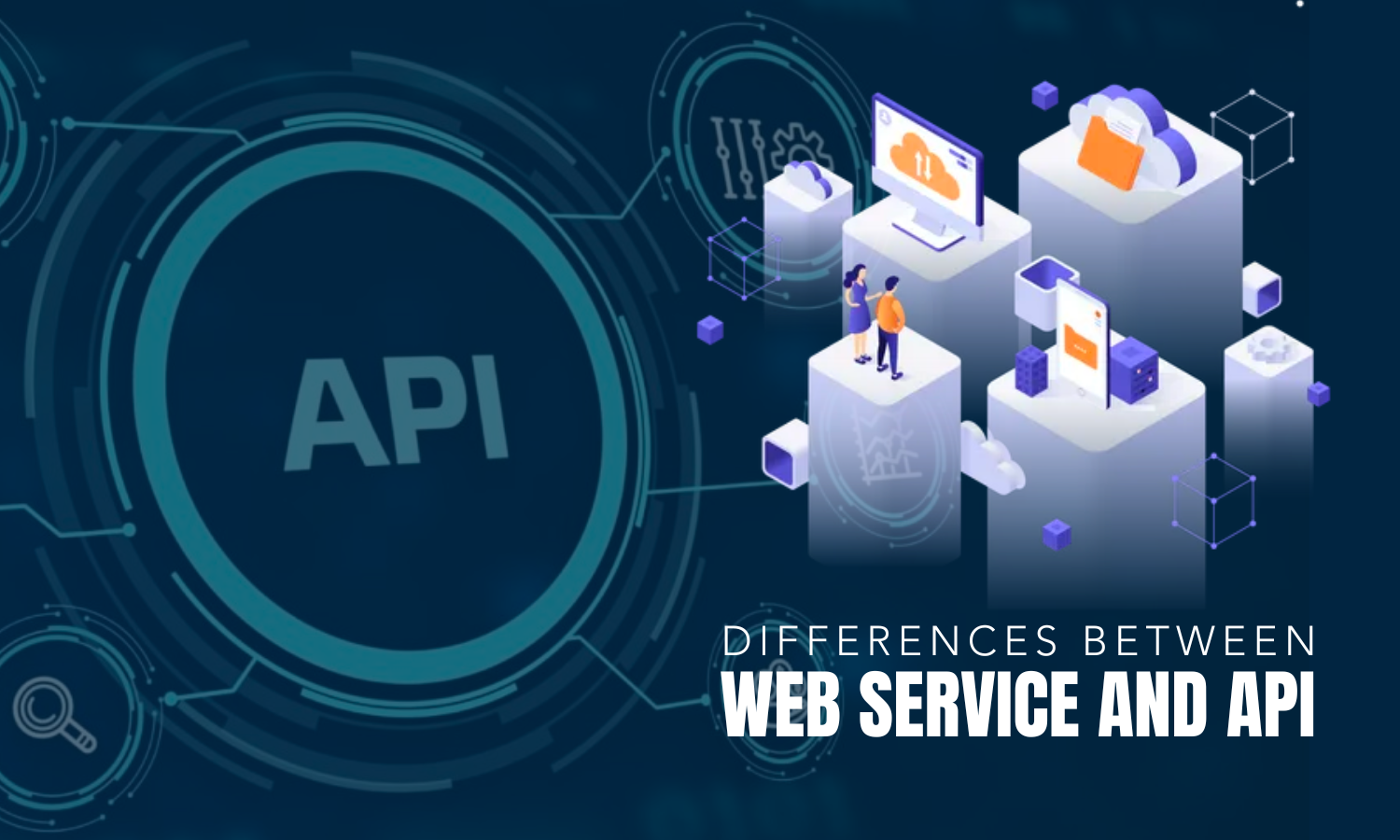

Updated · Feb 11, 2024
Updated · Oct 25, 2023
Andy Beohar is the Managing Partner of SevenAtoms, a Google and HubSpot-certified agency in San Fran... | See full bio
Florence is a dedicated wordsmith on a mission to make technology-related topics easy-to-understand.... | See full bio
Pay-per-click advertising (PPC) is one of the most successful forms of online advertising. It helps businesses gain better visibility on search engines and offers quick results and reliable returns. No wonder PPC visitors are more likely to convert, boosting paid advertisements' ROI by 200%.
With all the valuable insights PPC advertising delivers, it’s a skill you must have in your tool belt or have a basic understanding of. However, your ads will be nothing more than a black hole of wasted money if you do PPC advertising incorrectly.
This definitive guide will help you learn the basics of PPC marketing, develop a solid strategy, and exploit emerging trends.
|
🔑 Key Takeaways:
|
PCC marketing is a digital advertising model where advertisers pay for the ads only when someone clicks on them rather than viewing them. Advertisers typically place these ads on the following mediums:
Moreover, PPC is sometimes called cost per click (CPC), an important metric to track.
|
📌 What is CPC? CPC is a performance metric that tells you how much each click the campaign costs. It measures the cost associated with a single ad click, calculated by dividing the overall cost of an advertiser’s ad campaign by the number of clicks the ad received. CPC = Overall advertising cost of an ad / Total number of clicks generated by the ad |
The success of your PPC campaign depends on your business goals and target audience. This campaign helps you achieve your desired results quickly without waiting weeks or months for organic traffic to bring searchers to your website naturally.
Besides increasing your visibility, click-through rate (CTR), and sales, here are other benefits of running PPC campaigns:
Now that you know what PPC means, it’s time to learn how it works and how to measure your campaign success.
By paying for the clicks received on the ads, advertisers can secure their ad placement in a PPC auction through a bidding system. If they win a bid, they pay an agreed-upon fee each time someone clicks on their ad.
|
📝 Note: Remember, online ads appear in search engines only when a user searches a keyword related to the advertised product or service. Therefore, you must research and analyze the keywords most relevant to your products or services since the PPC model is primarily based on keywords. |
As a marketer, you must know which PPC metrics you should track and the type of PPC ads that could help your business. Have a look at these in detail in the following section.
PPC metrics help you measure and understand your campaigns' performance by determining the following:
If your campaign is not performing as expected, you can tweak your ads to ensure they get the limelight they deserve, helping you achieve your desired result.
Below are some important, frequently used PPC metrics to help you analyze and measure your PPC campaigns effectively:
Click-through rate (CTR) is the number of clicks an advertisement receives divided by the number of times the ad is shown (the number of impressions). If an advertisement has 500 clicks and 2000 impressions, then the CTR is 25%.
The click-through rate is valuable data for a PPC campaign. It indicates how effectively an ad gets users to click through to the destination, whether it’s an app download, payment checkout, form submission, landing page, etc.
The quality score is a keyword-level score on a scale of 1-10 that allows you to assess the quality and relevance of your keywords concerning the ad copy, landing pages, and user experience.

Source: Pro-Vigil
This metric is a tool given to advertisers by Google to help them determine the effectiveness of their campaigns. It is a rating that shows how relevant users are likely to find your ads compared to your competitors.
|
📝 Note: A higher quality score indicates a lower cost per click that can translate into qualified leads, leading to better ad positions. |
Cost per acquisition helps advertisers determine the total cost of acquiring a new customer through an ad campaign. In a nutshell, CPA tells advertisers how much it costs them every time someone converts.
The CPA is calculated by dividing your total advertising cost by the number of new customers in the same period.
For instance, if for one month, all your advertising efforts cost about $600 and your number of potential customers is 100, your customer acquisition cost would be $6.
|
Cost Per Acquisition (CPA) = Total Advertising Spend / Number of Acquisitions Generated |
The conversion rate is the percentage of people who have completed a specific action (a desired action), such as placing an order to purchase your product from your website.
|
Conversion rate = Number of users who have completed an action / Total number of users who viewed your ad |
A higher conversion rate indicates that your PPC campaign is headed in the right direction. On the other hand, a lower conversion rate suggests that your campaign needs to be tweaked to achieve your desired result.
Return on Ad Spend (ROAS) identifies the cost-effectiveness of a PPC ad campaign by measuring the revenue advertisers earn for each dollar they spend on advertising. It is calculated by dividing the revenue generated by a PPC advertising campaign by the cost of the ad campaign.
|
Return on Ad Spend = Conversion Revenue / Total Ad Spend |
ROAS is a crucial metric allowing advertisers to measure the profitability of their PPC ad campaign. There isn’t a one-size-fits-all metric to calculate a good ROAS since each industry has different advertising strategies.
A good ROAS can vary depending on the industry. If a business makes more money than its ad expenditures, it can be considered a good ROAS.
If you run several PPC campaigns, you can compare the campaigns' efficiency by pitching their revenue percentages against one another.

There are various types of PPC ads out there. You need to choose ones that are relevant to your business. To choose the most relevant ads, you need first to determine:
Here are some of the most common PPC ads your business can use to get your products or services in front of your potential customers.
A paid search ad is the most common type of PPC ad and is one that many advertisers prefer using when they start experimenting with PPC. You can choose the keywords you want your ads to appear for and then tell Google Ads what ad copy you want to show when a user searches for your keyword.
Furthermore, you can specify the maximum amount you will pay if someone clicks on your ad. PPC search ads use an auction system that considers how much an advertiser bids on a keyword and other quality factors.
Display advertising ensures that your ads appear in front of users. These users typically have indicated that they might be interested in your product or service but aren’t explicitly searching for them on search engines like Google or Bing.
|
⌛ In a Nutshell: This PPC ad type is a form of paid advertising where marketers advertise their products or services to people while browsing the internet. |
These ads never appear on search engine results pages (SERPS). Instead, they occur when browsing other carriers, usually those related to the item in question (for instance, advertising computer games on a PC parts website).
Remarketing ads aim to show your ads to customers already aware of your brand. They may have added one of your products to the cart but didn’t proceed with the payment checkout for unknown reasons.
The fact that they had already visited your website means they were interested in your product or service. The chances of converting a visitor who has already visited your website into a client are higher than those who haven’t visited your website yet.
|
📝 Note: Avoid retargeting visitors who leave after realizing that your product or service is not for them. You should retarget those who left your website for reasons beyond disinterest in what you offer. |
Video ads are becoming increasingly popular. The fact that more than 85% of businesses are using video ads indicates their popularity.
One of the significant benefits of video ads is that they are engaging and compelling. They can effectively reach new customers–those unaware of your brand and not following you.
With over 2 billion active users, YouTube is an excellent place to start if you plan to use video advertising.

Shopping ads are similar to search ads but with a small difference. The former contains a picture of the product sold, the title and description, and the pricing details.
This ad type can lead to a higher conversion rate as users have already seen the picture of the product they want to purchase and are aware of its price and other details. This instills confidence in them to go ahead and make a purchase.
When ads are shown to people while browsing a social media website, they are referred to as social media ads. Some social media platforms that offer PPC advertising services include:
Several types of PPC ad campaigns involve paid social advertising, and you can create one according to your requirements.
If your campaign aims at retargeting former customers, you can opt for a remarketing campaign on a paid social platform. If you are trying to reach new prospects through your PPC campaign, you can opt for a prospecting campaign on a paid social platform.
Sponsored ads target specific shopping keywords or search terms. Usually, customers scroll through marketplace listings aggregated in response to the search term they have chosen while shopping online using digital marketplaces.
In the case of sponsored ads, customers will see regular listings related to their search and relevant paid product recommendations in the form of sponsored ads.
Here are some of the most commonly used PPC platforms that can help in skyrocketing sales.
All ad platforms aren’t the same. The following section will help you evaluate essential factors to determine which platform suits your advertising campaign.
Read on to learn more.
You must first try to understand what you are trying to achieve through your advertising campaign. It could be one of the following:
You must choose a platform depending on the objective – one best suited to deliver the expected results. For example, if you want to get your video in front of a new audience, YouTube is your go-to option.
|
💡Did You Know? The first YouTube video is called "Me at the Zoo,” with over 288 million views as of September 2023. The video features YouTube’s co-founder, Jawed Karim, where he talked about the elephants behind him at the zoo. |
No two ad platforms are alike—at least not precisely. Different platforms appeal to different audiences. For example, if you want to reach out to individuals based on their occupation, then LinkedIn is an ideal option to reach them.
Each platform allows for different targeting criteria. To define your target audience by postal code, you can choose something like Snapchat, Facebook, or Twitter.
|
👍 Helpful Article: You need people to recognize your products or services to sell them. Social media gives you the exposure you need, as it promotes awareness of your brand and engages with your customers. Furthermore, a typical person sees up to 10,000 social media ads daily. |
Some platforms are more expensive than others. Therefore, budget is an important criterion to determine which platform you can choose and how many platforms you can use for your campaigns.
If you have a larger budget, you can use multiple ad platforms and also run different ad types alongside each other.
|
✅ Pro Tip: When determining your budget, always start with the goal of identifying your true CPA. This gives you a clearer image of what advertising budget you need and your future investments. You can also scale up your spending after seeing ROI. Study whether it holds as you spend more. Treat your marketing as an investment in the growth of your business. |
PPC optimization is essential as it allows marketers to analyze their PPC campaigns and make the required changes to improve their reach. Tweaking your campaign's keywords, landing pages, and other elements can increase the product's visibility on paid search results.
This process also helps advertisers operate with a lower advertising cost while targeting the right keywords for bids, maximizing clicks, improving CTR, and increasing ROI.
Check these optimization tips for your PPC campaign that will help you increase your ROI:

Source: SealSkinCovers
If you have a long list of keywords, selecting the most promising ones from the list can be challenging. You can consider metrics such as clicks, impressions, conversion value, and other options to determine the best potential keywords–those that can drive 80% of your results.
For example, if you are running a store that sells sports shoes, users who search for “office shoes” or “athletic socks” may also end up landing on your site. Therefore, you must create a list of negative keywords to ensure that only users searching for terms relevant to your product or service land on your website.
You should ensure that your landing pages aren’t sloppy, as this could lower your conversion rate to a great extent. A top-quality landing page has the power to convince prospects to make a purchase or sign up for a service.
You must simplify the navigation process so that users can easily and seamlessly browse your page and see what products or services you offer.
|
✅ Pro Tip: Your landing page design should be simple, user-friendly, and visually appealing. Make sure to include CTAs (Call-to-Action) that are clear and relevant. Your CTA should encourage users to click and take action. |
Many advertisers select automatic bidding when they begin their PPC ad campaign journey. The problem with automatic bidding is that it targets an inordinately broad audience, causing advertisers to overspend, which could affect their return on investment.
You should choose manual bidding for your PPC campaigns to get complete control over the bidding process and to alter the scheduling of your ads according to your convenience.
Manual bidding allows you to adjust settings to get notified when one of your keywords exceeds or falls short of a certain threshold. It also provides excellent flexibility, which allows you to set different ad bids anytime.
Ad copy (the text in the ad) needs to be optimized to determine which ads have the highest click-through rate and which have the lowest cost per conversion. You should test your ad copy regularly and tweak it to improve PPC performance.
You must ensure that your ads are compelling and relevant to your keywords. Otherwise, searchers will not click on them, which can reduce the traffic on your site comprehensively.
You should determine which match type aligns the best with your campaign. The top keyword match types are:
Sitelinks are additional links that can be included in your PPC ads to take users directly to specific pages on your website. Sitelinks can extend the presence of your ad copy, resulting in more clicks and traffic to your website.
Creating a site link such as “How It Works” that shows additional information on your ads can generate massive impressions and clicks. This also significantly increases the click-through rate.
You need to implement five simple steps to build a PPC campaign, and four of those steps have already been explained in this post:
Along with these four steps, you should also implement testing to develop an effective PPC campaign strategy.
Regarded as the number one method for improving conversions, A/B or split testing allows you to test one page element simultaneously. It allows you to compare the performance of two variables. For example, you can compare the performance of two ads in an ad group. It helps you determine which one converts more.
Multivariate testing allows you to compare multiple elements of a single page simultaneously. It gives you more information about how certain variables impact your PPC ad campaigns. It uses the same core mechanism as A/B testing. However, it compares more variables and reveals more information about their interactions.
It’s quite simple to start running PPC ads; anyone can do that. The real challenge is to enhance the effectiveness of your campaigns.
This blog post aims to help you gain valuable insights to plan your PPC campaign better, streamline the process, and ultimately enhance the effectiveness of your campaign.
Users who visit your site via a PPC ad are 50% more likely to make purchases than organic visitors. Search PPC ads also can increase brand awareness by 80%.
The three metrics discussed in this post are the most important factors to consider in PPC: click-through rate, cost per conversion, and conversion rate. These help gauge your success thoroughly.
It’s ideal to use PPC when immediate results are desired, highly targeted traffic is sought, or your website isn’t designed for SEO.
Your email address will not be published.
Updated · Feb 11, 2024
Updated · Feb 11, 2024
Updated · Feb 08, 2024
Updated · Feb 05, 2024



